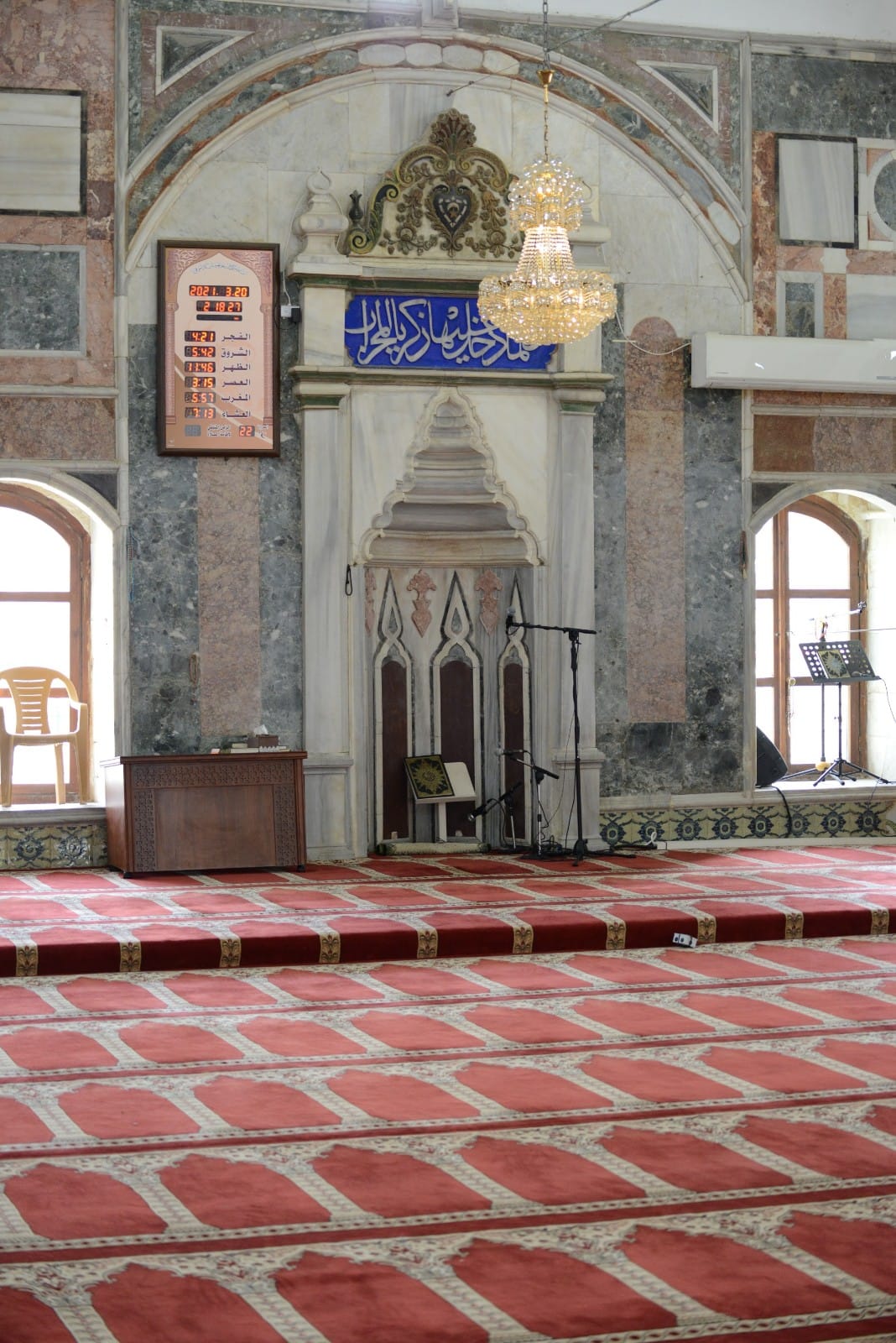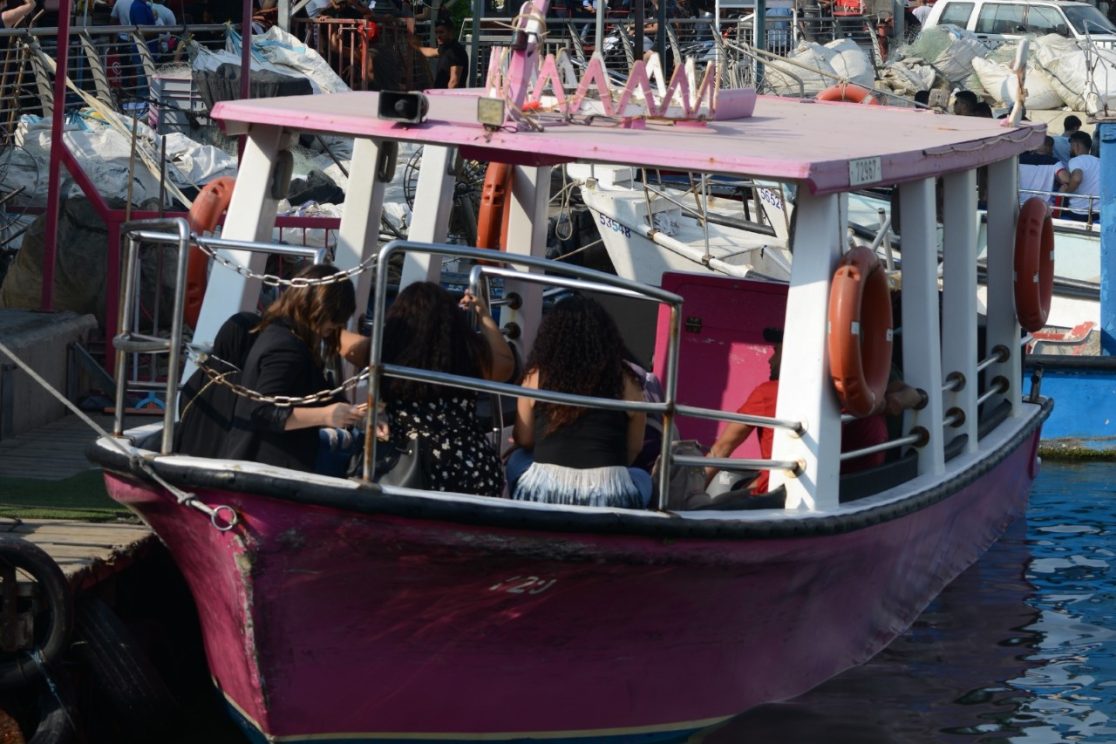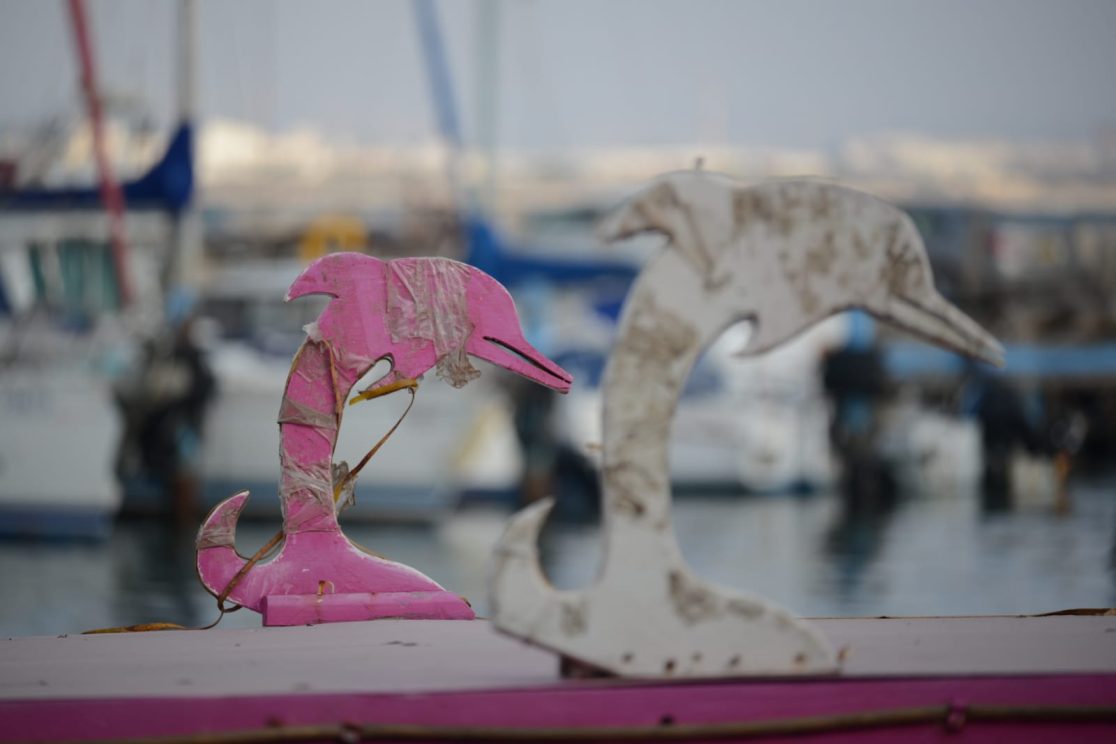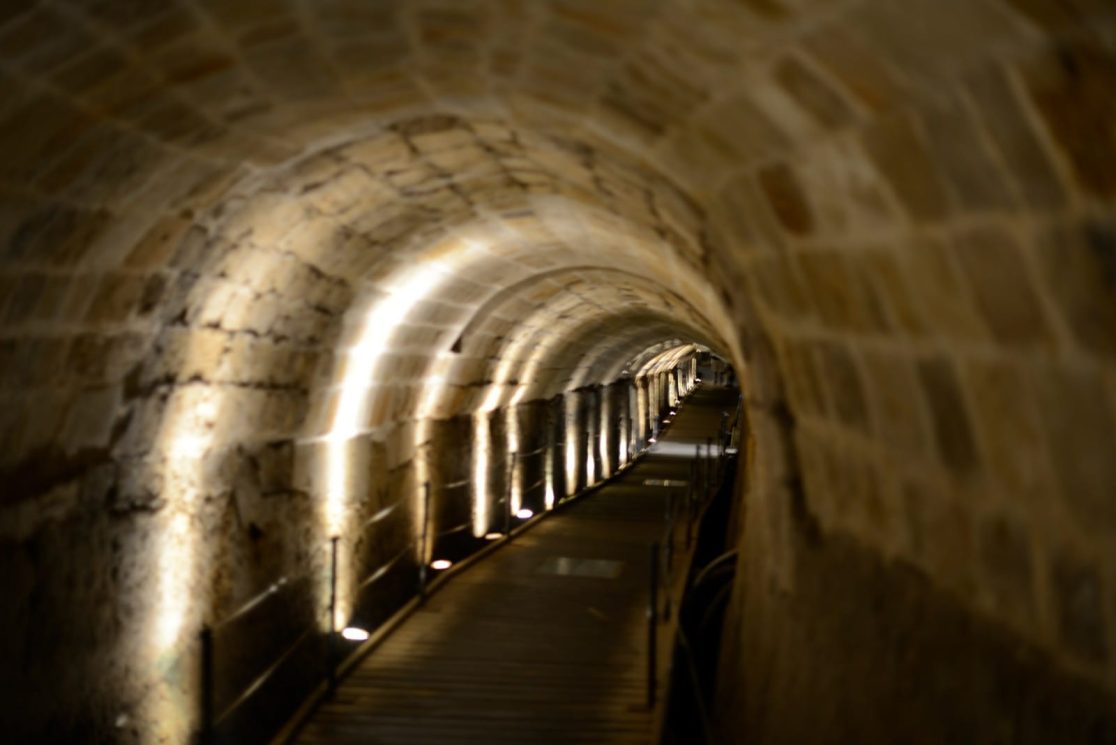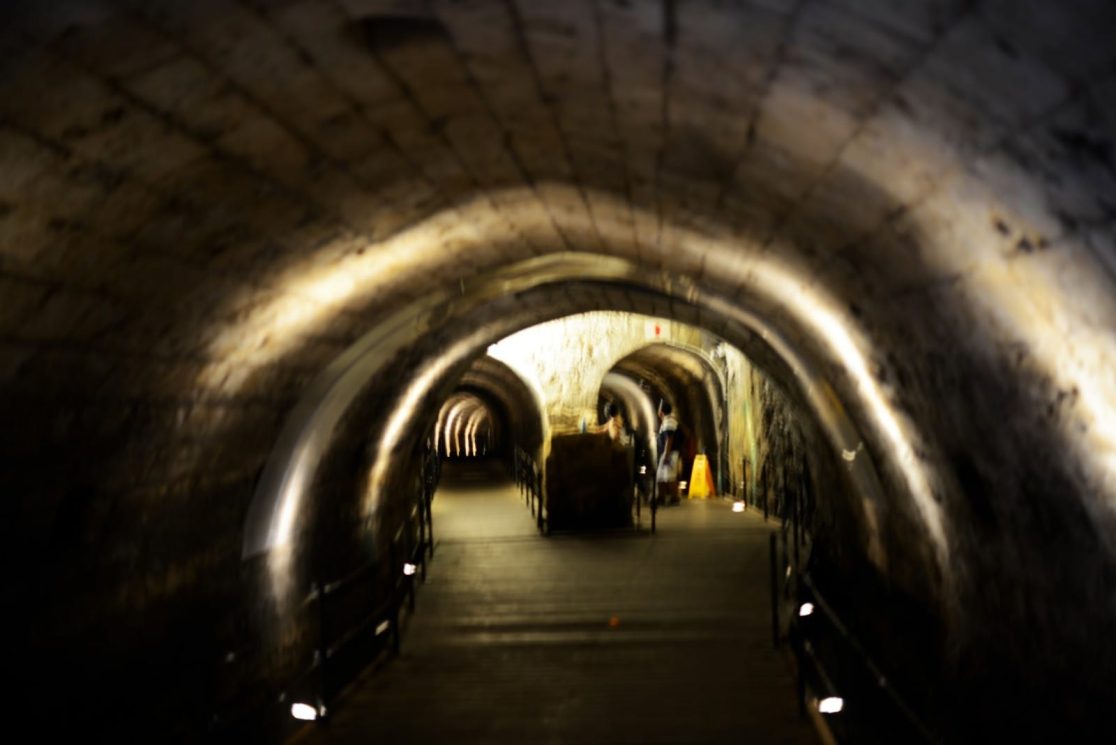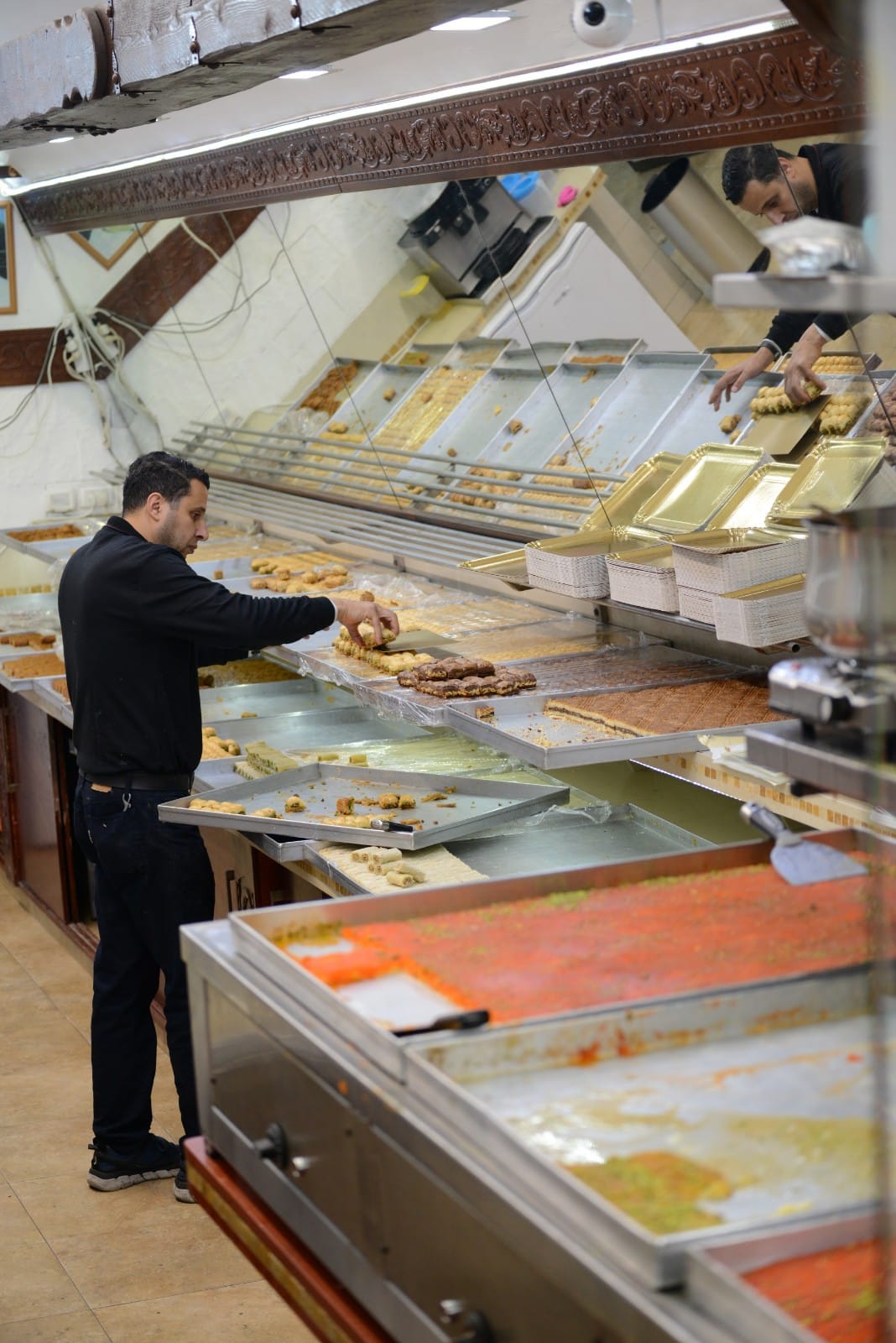Exploring Akko (Acre)
The city of Akko in israel (Acre) – General Information
Akko, also known as Acre, shines as a 4,000-year-old gem in northern Israel, sitting on the edge of Haifa Bay, just 23 km from the Lebanese border. Around two-thirds of the city’s residents are Jewish, while the remaining third are Muslim and Christian. Most Jewish residents live in the newer parts of the city, while the old city is home mainly to the Muslim community.
Tourism drives Akko’s economy, which explains the locals’ warm and welcoming attitude. The easiest way to reach Akko from Tel Aviv is by taking toll road #6 for most of the route—a drive of just under an hour. Akko also makes a perfect base for exploring nearby highlights like Rosh Hanikra and the coastal city of Nahariya, which lies only 10 km away. Combining these three destinations into a single-day trip is both convenient and rewarding.
What is there to see in Akko?
Bluntly? A lot. If you really want to soak up everything Akko in Israel offers, the best move is to split your visit over two days and spend the night at one of the city’s top hotels, like The Efendi or Melisende.
So what’s worth seeing?
Start with Akko’s Bahá’í Gardens, the sister site to Haifa’s famous gardens. Then head to the impressive Hospitaller Fortress—better known as the Knights’ Halls. For years, massive layers of soil hid this Crusader complex, and only recent excavations revealed its full glory. From there, walk through the Templars’ Tunnel, which once connected the Templars’ palace to Acre port.
Visit the beautifully restored Turkish Hamam, once a wellness center for traveling merchants. Step into history at the grand Al-Jezzar Mosque, named after the powerful 18th-century ruler who famously stood up to Napoleon’s siege in 1799.
Don’t miss the active harbor, where traditional fishing boats still operate, and where local teens show off with daring jumps from the ancient southwestern sea wall.
Hungry? Grab a seat at the legendary Uri Buri seafood restaurant or enjoy some of the country’s best hummus at Suhila. Finally, lose yourself in the colorful Turkish and Arab markets—authentic, noisy, delicious, and full of treasures.
And that’s just the beginning.
Akko’s Knights’ Halls
The Hospitallers, a military-monastic order, devoted themselves to caring for the sick in the Holy Land and protecting Christian pilgrims visiting sacred sites. Their story in Akko began after the First Crusade in 1099, led by King Baldwin of the Kingdom of Jerusalem.
As their original base grew too small, they relocated to a larger compound in the northern part of the city—what we now call the Knights’ Halls. The first record of this center dates back to 1149, when the Church of St. John was built in the nearby Hospitaller quarter.
In 1169, the pilgrim Theodoric visited Akko and described the Hospitaller compound as one of the most impressive structures he had seen on his journey. After failing to retake Jerusalem during the Third Crusade, the Crusaders established a new Christian kingdom along the Mediterranean coast—stretching from Tyre in the north to Ashkelon in the south. They made Akko their new capital, and the Hospitallers rebuilt their headquarters there.
The complex included 2–3 stories around a central courtyard, as well as underground areas for water storage and sewage.
When you arrive at the Knights’ Halls, you’ll receive an audio guide that explains each numbered point in the site. The commentary is short and informative. The whole visit takes about 1.5 to 2 hours.
As of now (July 2025), entry costs 49 NIS per adult and includes a combo ticket to these four attractions: the Knights’ Halls, the Templars’ Tunnel, the Turkish Hamam, and the Okashi Museum of Modern Art.
The “Hamam” – The Turkish Baths
Originally built during the Ottoman period, Akko’s Turkish baths now operate as a museum that brings 18th–19th century life in the Holy Land to life. Al-Jazzar, Akko’s powerful Muslim governor, established the bathhouse, which served the city’s residents until 1948.
Today, a 15-minute multimedia show welcomes visitors with lively fictional bathhouse attendants who guide you through Akko’s rich history and explain how the Hamam played a central role in daily life. The show runs in all major languages.
After the show, you’ll explore the original bathhouse facilities—starting with the dressing room, continuing through the intermediate rooms where locals once enjoyed massages, cosmetic care, and healing rituals. You’ll end your visit inside the large round steam room, once home to a heated pool and a hot steam bath.
As noted, the Turkish Hamam is included in Akko’s circular attraction ticket, which also covers the Knights’ Halls, the Templars’ Tunnel, and the Okashi Museum.
The Al-Jazzar Mosque
You’ll find the Al-Jazzar Mosque on Al-Jazzar Street in the northern part of Akko in ISrael Old City, just 300 meters from the Knights’ Halls. Locals named the mosque after the fierce Ottoman governor Al-Jazzar, who famously stopped Napoleon from capturing Akko during his 1799 siege.
Al-Jazzar completed the mosque in 1782—not only for religious purposes, but also to solidify his political power across the region. He designed the mosque himself, supervised its construction, and added his personal architectural flair—despite having no formal engineering education.
Until 1969, when renovations at Al-Aqsa Mosque in Jerusalem expanded its size, Al-Jazzar Mosque held the title of the largest mosque in Israel.
To visit this unique religious complex, you’ll need to book in advance by phone: 04-9913039. Entry costs 10 NIS per person. Make sure to dress modestly—and women must wear a head covering.
Acre Port
Acre port has operated for over 4,000 years, dating back to the era of the Phoenicians. Until the 19th century, it served as Israel’s main maritime gateway. But as Haifa developed into an industrial powerhouse, Akko port gradually lost its prominence. Still, the charming lighthouse on the southwestern corner and the scattered remains of the Templars’ palace and central bank whisper stories of Akko’s glorious past.
Today, the Acre port blends tradition with tourism. Fishing boats bob next to jet skis, and the waterfront fills with a mix of tourist-trap eateries and genuine culinary gems.
For fine dining, treat yourself to Uri-Buri—one of the country’s top seafood restaurants. It’s pricey, but worth it. Prefer local flavor at a friendly price? Head to Humus Suhila, a beloved Arabic kitchen that serves some of the best hummus in Israel. Two people can eat well there for under 100 shekels (~€25).
If the line at Suhila stretches beyond your patience (common between 12:00–16:00, no reservations accepted), stroll two minutes to Humus Romeo in the nearby market. It’s a solid alternative—but when Suhila has a spot, don’t miss it.
Akko’s Templar Tunnel
The Templar Tunnel stretches 350 meters beneath the streets of Akko, mainly under the ancient Pizani Quarter. It once connected the Templar Palace on the western side—which sank into the sea after its destruction in 1291—to Akko old port in the east.
Templar knights dug this tunnel in the late 12th century as a secret, strategic route. They used it to move treasure, goods, and supplies directly from the ships in the port to their heavily guarded palace, which held one of the most secure vaults of the medieval world.
In 1994, residents above the site reported a clogged sewer. During the inspection, workers stumbled upon the hidden tunnel. By August 1999, the western section opened to the public.
The tunnel stands about two meters high for most of its length, but narrows to just 1.5 meters near the entrance—so visitors need to duck during the first 20 meters.
Entrance to the Templar Tunnel is included in Akko’s circular attraction ticket. The walk through the tunnel takes about 10 minutes and ends right by the city’s lighthouse, north of the Acre port and the famous Uri-Buri restaurant.
Akko’s Bahai Gardens
The Shrine of Baháʼu’lláh, known as Akko’s bahai gardens, stands as the holiest site for followers of the Bahá’í Faith. It marks the Qiblih—the direction of prayer—and houses the tomb of Baháʼu’lláh, the founder of the religion. In 2008, UNESCO recognized the shrine as a World Heritage Site.
The bahai gardens and surrounding structures feature an eclectic architectural style that reflects the Bahá’í worldview—drawing inspiration from various cultures, especially Persian traditions. Meticulous gardeners maintain the site with stunning precision, creating a harmonious and symmetrical landscape.
Although this shrine holds deep spiritual significance, many visitors find the Bahá’í Gardens in Haifa more visually striking, thanks to their dramatic design and panoramic views over the Haifa bay from Mount Carmel.
Still, the bahai gardens at Akko site offers a serene, sacred experience—uniting beauty, faith, and global inspiration in every carefully curated detail.
NOTE: As of July 2025, the Bahá’í Gardens in Akko remain closed to the public. However, the Bahá’í Gardens in Haifa are open and welcome visitors.
The bahai gardens at Akko expresses core Bahá’í values like universalism, aesthetics, the human spirit, simplicity, love of light and nature, acceptance of others, and harmony with the environment. You’ll find it just a 2-minute drive from Akko on Road #4—no entry fees required. Most visitors spend about an hour exploring this peaceful and inspiring space.
Akko’s City Market and Bazaar
Akko’s lively market and the Turkish bazaar complete the city’s magical puzzle—and you really don’t want to skip them. Wander between the smells and flavors: grab traditional Arabic sweets at Kashas Knafe, sip fresh sugarcane juice at Cane’s, try Turkish delight cookies at Jooma Sweets, and of course, don’t miss the legendary Humus Said and plenty of other authentic local bites.
Where to Stay in Akko in Israel ?
As mentioned earlier, breaking your visit into at least two days is a smart move. Spend the night at one of Akko in Israel finest boutique stays. Efendi Hotel is a dream, Melisende offers pure luxury, Zidan Sarai wraps you in elegant charm, and Arabesque Arts & Residency treats you to sea views and exquisite Arab cuisine.
Whichever you choose—you’ve scored big.


















